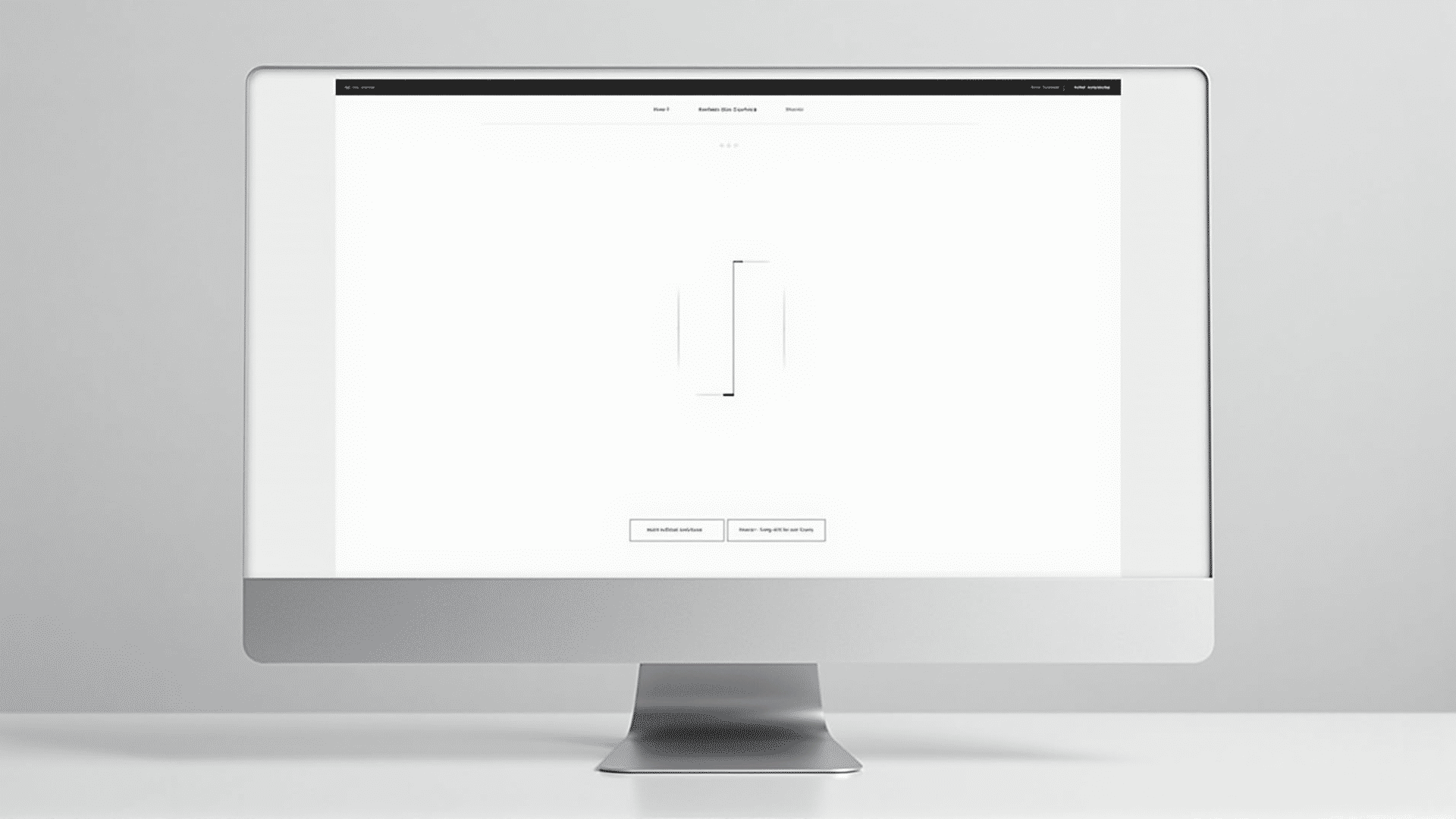In a world awash with information and visual clutter, minimalist design stands out as a beacon of simplicity and clarity. Stripping away the non-essential elements, this design philosophy emphasizes functionality and aesthetic harmony. As its popularity grows in the domain of web design, minimalist design is proving that less can indeed lead to more impactful user experiences.
At its core, minimalist design is about achieving simplicity with purpose. It is not merely about reducing the number of elements on a page, but rather about making deliberate choices to enhance usability and engagement. This is accomplished through a thoughtful balance of visual elements that prioritize clarity and function.
One of the key principles of minimalist design is the effective use of negative space, often referred to as white space. This space—not necessarily white—acts as a breathing room for the content, allowing each element to stand out on its own. It provides a sense of elegance and precision, guiding the user's eye naturally across the page. By strategically utilizing negative space, designers can highlight important components without overwhelming the viewer.
Typography plays a crucial role in minimalist design. Choosing the right typeface can communicate the brand's message in a clear and concise manner, aligning well with the minimalist ethos. Designers often opt for simple, sans-serif fonts that are easy to read and visually appealing. The careful use of font size, color, and spacing further enhances the readability and aesthetic of the design.
Color is another powerful tool in minimalist design. Rather than employing a wide range of colors, this style traditionally utilizes a limited palette, focusing on neutral tones or muted shades. This approach not only maintains visual harmony but can also elicit specific emotional responses. When a pop of color is used, it draws the user's attention immediately, highlighting essential features such as calls to action.
Interactivity in minimalist web design is subtle yet effective. Animations and transitions are used sparingly and with purpose, avoiding unnecessary distractions. They can enhance user experience by providing feedback or guiding users through an interaction without overpowering the simplicity of the design.
Moreover, the minimalist approach is inherently responsive. With fewer elements to rearrange and a clean aesthetic, minimalist websites adapt seamlessly to different screen sizes and devices. This enhances the site’s usability, ensuring that users have a consistent and satisfying experience, whether on desktop, tablet, or mobile.
In the process of decluttering the design, minimalist websites often see improvements in load times, contributing to better SEO performance and user retention. With modern users demanding faster access to content, minimalist design can give websites a competitive edge by meeting these expectations efficiently.
As with any design philosophy, the challenge lies in maintaining balance. It’s essential for designers to ensure that the simplicity doesn’t translate into a lack of substance. Minimalist design should align with the brand’s identity and serve its purpose effectively. Each design decision should contribute to a cohesive narrative that guides users intuitively toward their goals.
In conclusion, minimalist design is not a passing trend, but a timeless approach that underscores the principle of 'less is more'. By embracing minimalist design, designers can create aesthetically pleasing and functional websites that prioritize meaningful user experiences. As the digital landscape continues to evolve, the versatility and efficiency of minimalist design make it an enduring choice for creating impactful digital products.
